Hey there, You ever thought on what an 8-panel drug test checks? Perhaps you have a job coming up, or you are wondering how these tests work, or maybe it’s just the matter of curiosity. Whatever your reason, it is good to see you here. I would like to explain to you the 8-panel drug test in such a style as if we chat over coffee. It has to be casual, not too official, and let us be honest as well as most specifically to be passionate. Shall we start then?
Here’s the plan: we’ll cover what an 8-panel drug test is, the eight substances it looks for, how it’s done, how long those drugs stick around in your system, and when you might face one. Plus, I’ll share tips on preparing, decoding results, how it compares to other tests (like a 5-panel or 10-panel), and what it might cost. My goal? To make this super clear, helpful, and maybe even a little fun—so you’ll feel confident and connected by the end.
What’s an 8-Panel Drug Test Anyway?

So, picture this: an 8-panel drug test is like a safety checkpoint. It’s a tool that screens your system for eight specific types of drugs. Think of it as a way workplaces make sure everyone’s on their A-game, especially in jobs where focus is everything—like driving a truck or caring for patients. It’s not about catching you out; it’s about keeping things safe.
Why eight, you ask? Well, it’s kind of the Goldilocks of drug tests—not too basic like the 5-panel, but not over-the-top like a 12-panel. It catches the big players in drug use without breaking the bank. Pretty smart, right?
I love how it’s used so often because it’s practical. Places like construction sites or hospitals lean on it to keep everyone sharp. And honestly, knowing what it’s all about can take the mystery—and maybe some of the nerves—out of it.
The Eight Substances It Checks For
Okay, let’s get to the good stuff—what’s this test actually looking for? Here’s the lineup of the eight substances it screens:
- Marijuana (THC) – Yep, that’s weed, used recreationally or medically.
- Cocaine (COC) – The fast-acting stimulant you’ve probably heard about.
- Opiates (OPI) – Think painkillers like codeine, morphine, or even heroin.
- Amphetamines (AMP) – Speedy stuff, sometimes prescribed, sometimes not.
- Methamphetamine (mAMP) – A stronger, illicit cousin of amphetamines.
- Phencyclidine (PCP) – A hallucinogen, rare but serious.
- Barbiturates (BAR) – Sedatives you might get for sleep or seizures.
- Benzodiazepines (BZO) – Anti-anxiety meds like Valium or Xanax.
➤ Heard of blue crystal meth? Learn the real story behind it in this myth-busting guide.
Now, don’t stress—these are just the usual suspects. Some tests might tweak the list a bit, but this is the core crew. I’ve put it in a table too, because who doesn’t love a quick, clear snapshot?
| Substance | What It’s Used For |
|---|---|
| Marijuana | Chilling out or medical relief |
| Cocaine | Illicit energy boost |
| Opiates | Pain relief or abuse |
| Amphetamines | Focus or fun |
| Methamphetamine | Intense high |
| PCP | Mind-altering trips |
| Barbiturates | Calming down |
| Benzodiazepines | Easing anxiety |
These drugs are on the list because they can mess with your head or body in ways that might make work risky. Makes sense, doesn’t it?
How Does This Test Even Work?

Alright, so you’ve been told you’re taking an 8-panel drug test. What’s that like? Most of the time, it’s a urine test—simple and quick. You head to a private spot, pee in a cup, and that’s step one. Easy peasy, right?
➤ Want to know how mouth swab drug tests compare? Check out our guide to saliva testing here.
Here’s the process in a nutshell:
- You Give a Sample: Usually urine, sometimes saliva or hair (but urine’s the star here).
- First Check: They use a speedy test called an immunoassay to spot anything suspicious.
- Double-Check: If something pops up, they confirm it with a fancy machine—GC-MS (gas chromatography-mass spectrometry). It’s like the ultimate truth-teller.
Ever heard of a rapid drug screen? Those are the instant tests you might do at home or on-site. They’re handy, but not as spot-on as lab tests. If one of those flags something, they’ll send it to the lab to be sure. I think it’s pretty cool how they double-check to avoid mix-ups—shows they’re serious about getting it right.
Oh, and those drug test color codes? On a rapid test cup, two lines usually mean you’re good (negative), and one line means they need to look closer (maybe positive). It’s like a little traffic light for your results!
How Long Do Drugs Hang Around?
Here’s where it gets personal—how long do these drugs stay in your system? It’s a big question, and the answer depends on you. Your metabolism, how much you used, even your body fat—all play a part. But I’ve got some rough timelines for you, based on urine tests:
- Marijuana: 3–30 days (chronic users, you’re on the longer end!)
- Cocaine: 2–4 days
- Opiates: 2–4 days
- Amphetamines: 1–3 days
- Methamphetamine: 3–5 days
- PCP: 3–7 days
- Barbiturates: 1–21 days (big range, huh?)
- Benzodiazepines: 2–10 days
These are just ballpark figures. I had a buddy who smoked weed occasionally and freaked out before a test. He was fine after a week, but if you’re a regular user, it might take closer to a month. Crazy how unique our bodies are, right?
What affects this? Stuff like hydration (don’t chug water to cheat—it won’t work!), how often you use, and even the drug’s strength. It’s like a little science experiment starring you!
When Might You Face This Test?

So, when does an 8-panel drug test pop up in life? Here are the usual suspects:
- Pre-Employment: New job? They might want to check you’re good to go.
- Random Testing: Surprise! Some places pick names (or colors—ever heard of color code programs?) to keep everyone honest.
- Post-Accident: If something goes wrong at work, they might test to rule out drugs.
- Suspicion: Acting off? Your boss might ask for a test.
I’ve seen this a lot in jobs like trucking or nursing—places where being sharp keeps people safe. Imagine a nurse mixing up meds or a driver nodding off—yikes! That’s why these tests matter.
How to Prep Like a Pro
Got a test coming up? Don’t sweat it—I’ve got your back! If you’re clean, you’re golden. But if you’re worried, here’s how to prep:
- Skip the Poppy Seeds: I know, it’s a weird one, but they can trip an opiate flag. I once avoided bagels for a week before a test—just in case!
- Tell Them About Meds: Taking something legit like benzos? Let them know upfront.
- Drink Water, But Chill: Hydrate normally—overdoing it can look shady.
Fun fact: some cold meds with dextromethorphan might flag a 10-panel drug test as PCP, but a confirmation test clears it up. Always good to double-check with the pros, though!
Here’s a story: my cousin had a test and was paranoid about his ADHD meds. He told them ahead of time, showed his prescription, and sailed through. Honesty’s your best friend here.
Decoding Your Results

Test’s done—now what? Results can feel like a big moment, but they’re pretty simple:
- Negative: No drugs found. High-five!
- Positive: Something showed up. Could be real or a fluke—confirmation’s next.
- Invalid: Oops, something went wrong. Retest time.
For rapid tests, those color codes are key—two lines for clear, one for “let’s check.” If it’s positive, don’t panic. A lab test (that GC-MS magic) will sort it out. Ever felt that knot in your stomach waiting for results? You’re not alone—I’ve been there too.
8-Panel vs. Other Tests
Curious how the 8-panel stacks up? Let’s compare:
- 5-Panel: Basics—marijuana, cocaine, opiates, amphetamines, PCP. Think DOT jobs.
- 8-Panel: Adds barbiturates, benzos, meth—our star today!
- 10-Panel: Tosses in methadone, propoxyphene. More thorough, pricier.
- 12-Panel: Goes big with ecstasy, fentanyl.
Here’s a quick table:
| Test | What It Covers |
|---|---|
| 5-Panel | The essentials |
| 8-Panel | Essentials + sedatives, meth |
| 10-Panel | Even more drugs |
| 12-Panel | The works |
The 8-panel’s like the sweet spot—covers a lot without going overboard. Need more? A 13-panel drug screen might be overkill unless you’re in a super high-stakes gig.
What’s It Gonna Cost?

Money talk time! An 8-panel drug test usually runs $30–$100. Depends on where you are, if it’s lab-based or rapid, and who’s footing the bill (you or work?). At-home kits are cheaper, but how much does a 10-panel drug test cost? A bit more—maybe $50–$150.
You can grab these tests at clinics or even online for home use. I’ve tried an at-home one just to see—it’s private but less official. For jobs, stick to the pros.
Wrapping It Up With a Smile
Wow, we’ve been through a lot together! Quick recap: the 8-panel drug test checks eight key drugs, keeps workplaces safe, and uses urine with a two-step process. Drugs linger from days to weeks, and prep’s simple—be honest, follow rules. Results are clear-cut, it sits nicely between 5- and 10-panel tests, and it won’t break the bank.
I hope this took some of the stress out of it for you. Drug tests can feel like a hurdle, but they’re really about safety—for you, me, and everyone. Ever faced one? How’d it go? Share below—I’d love to hear! Or if you’re still curious, ask away. We’re in this together!

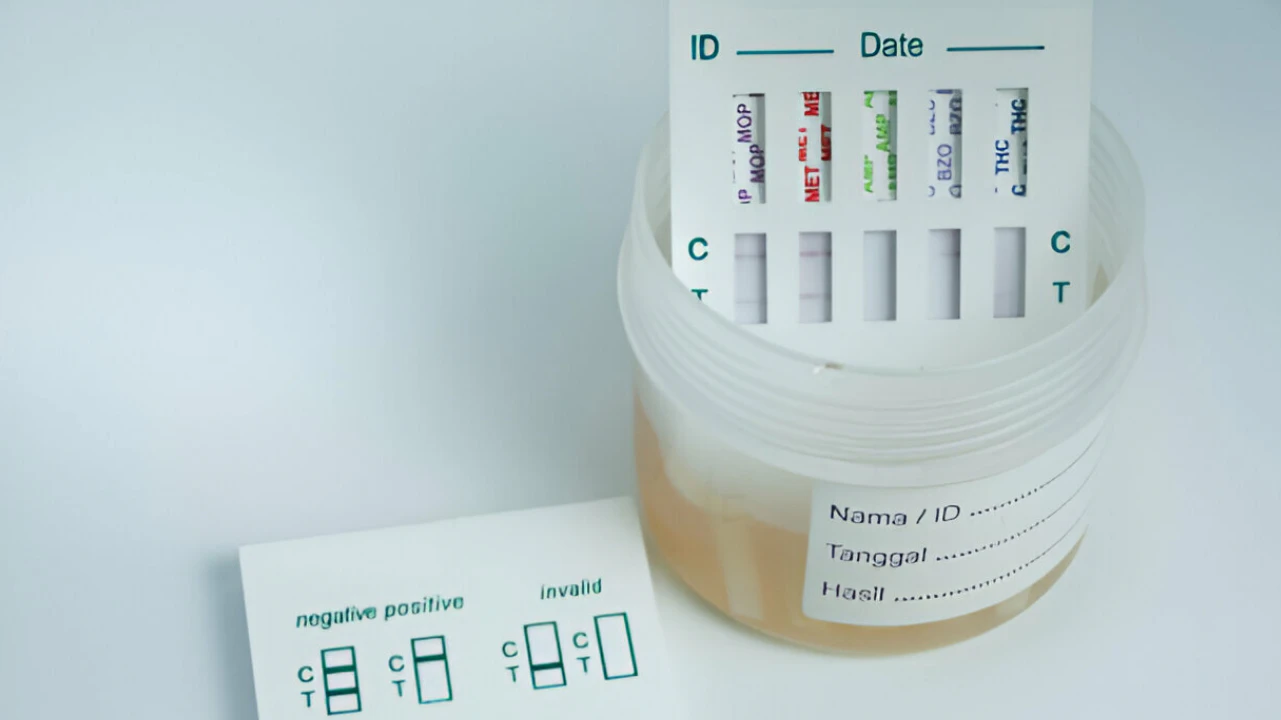
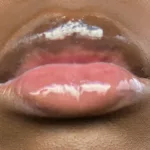

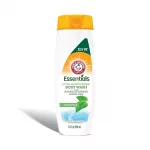
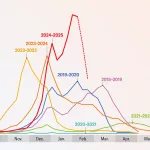
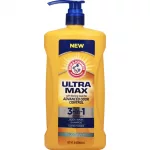
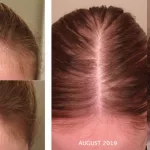
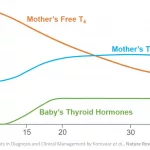
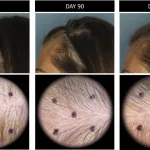
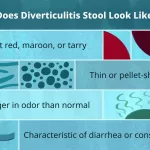
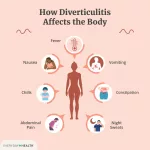
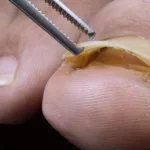
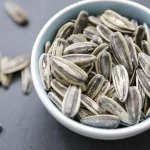
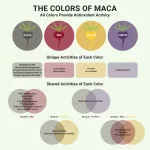
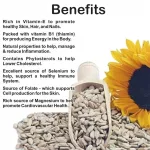
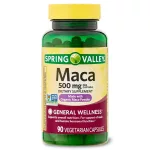
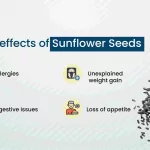
Leave a Reply
You must be logged in to post a comment.